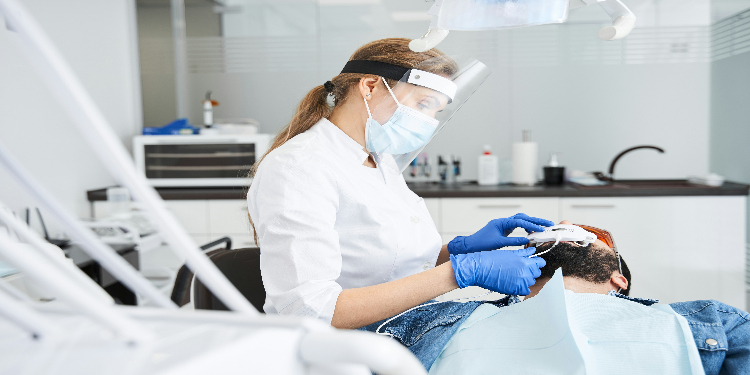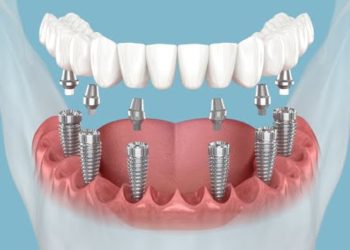Tooth discoloration can be a frustrating and embarrassing issue. It affects your smile and can significantly impact your confidence. Whether you’re dealing with yellowing, brown stains, or white spots, understanding the causes and solutions can help you regain a brighter, more attractive smile.
What Causes Tooth Discoloration?
Tooth discoloration can be caused by various factors, both intrinsic and extrinsic.
Extrinsic Factors
Extrinsic discoloration occurs on the surface of the teeth. Common causes include consuming coffee, tea, red wine, and certain fruits like berries, which can stain your teeth over time.
These items contain chromogens, which attach to your tooth enamel. Tobacco use, both smoking and chewing, is notorious for causing yellow and brown stains on teeth.
Poor dental hygiene can lead to plaque buildup, which can cause discoloration. Additionally, certain medications, such as antibiotics and antihistamines, can cause discoloration, particularly if taken during childhood.
Intrinsic Factors
Intrinsic discoloration happens within the tooth and can be more challenging to address. Ageing is a common intrinsic factor, as the outer layer of enamel wears away, revealing the yellowish dentin beneath.
Trauma to a tooth can cause it to become discoloured, especially if it affects the pulp. Fluorosis, and excessive fluoride exposure during tooth development, can lead to white spots and streaks on teeth. Genetics also play a role, as some people naturally have darker or more yellowish teeth.
Effective Solutions for Tooth Discoloration
The good news is that there are several effective solutions for tooth discoloration. Depending on the cause and severity, you can choose from various treatments to restore your bright smile.
Professional Whitening Treatments
Professional whitening treatments like those done at Harley Teeth Whitening are one of the most effective ways to combat tooth discoloration. Dentists use high-concentration bleaching agents that can lighten your teeth by several shades.
At-Home Whitening Kits
If you prefer a more convenient option, at-home whitening kits are widely available. These kits typically include custom-fitted trays and a bleaching gel.
Although they may not be as potent as professional treatments, they can still achieve noticeable results with consistent use.
Whitening Toothpaste and Rinses
For a more gradual approach, whitening toothpaste and rinses can help reduce surface stains. These products often contain mild abrasives and chemicals like hydrogen peroxide to help lift stains over time.
Veneers and Bonding
For intrinsic stains that are resistant to whitening, cosmetic dental procedures such as veneers and bonding can be excellent solutions. Veneers are thin shells that cover the front of your teeth, while bonding involves applying a tooth-coloured resin to mask discoloration.
Natural Remedies
Some people prefer natural remedies to address tooth discoloration. While results can vary, common methods include brushing with baking soda, oil pulling with coconut oil, and using hydrogen peroxide as a mouth rinse.
However, it’s essential to consult with your dentist before trying these remedies to ensure they are safe for your teeth.
Concluding remarks
Tooth discoloration can be a bothersome issue, but with the right approach, you can achieve a brighter smile. Whether you choose professional treatments, at-home kits, or natural remedies, there are solutions to fit every need and preference.
By understanding the causes and practising good dental hygiene, you can maintain a radiant smile for years to come.
David Prior
David Prior is the editor of Today News, responsible for the overall editorial strategy. He is an NCTJ-qualified journalist with over 20 years’ experience, and is also editor of the award-winning hyperlocal news title Altrincham Today. His LinkedIn profile is here.













































































